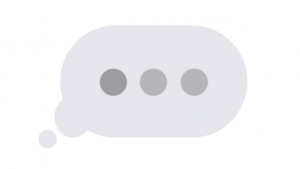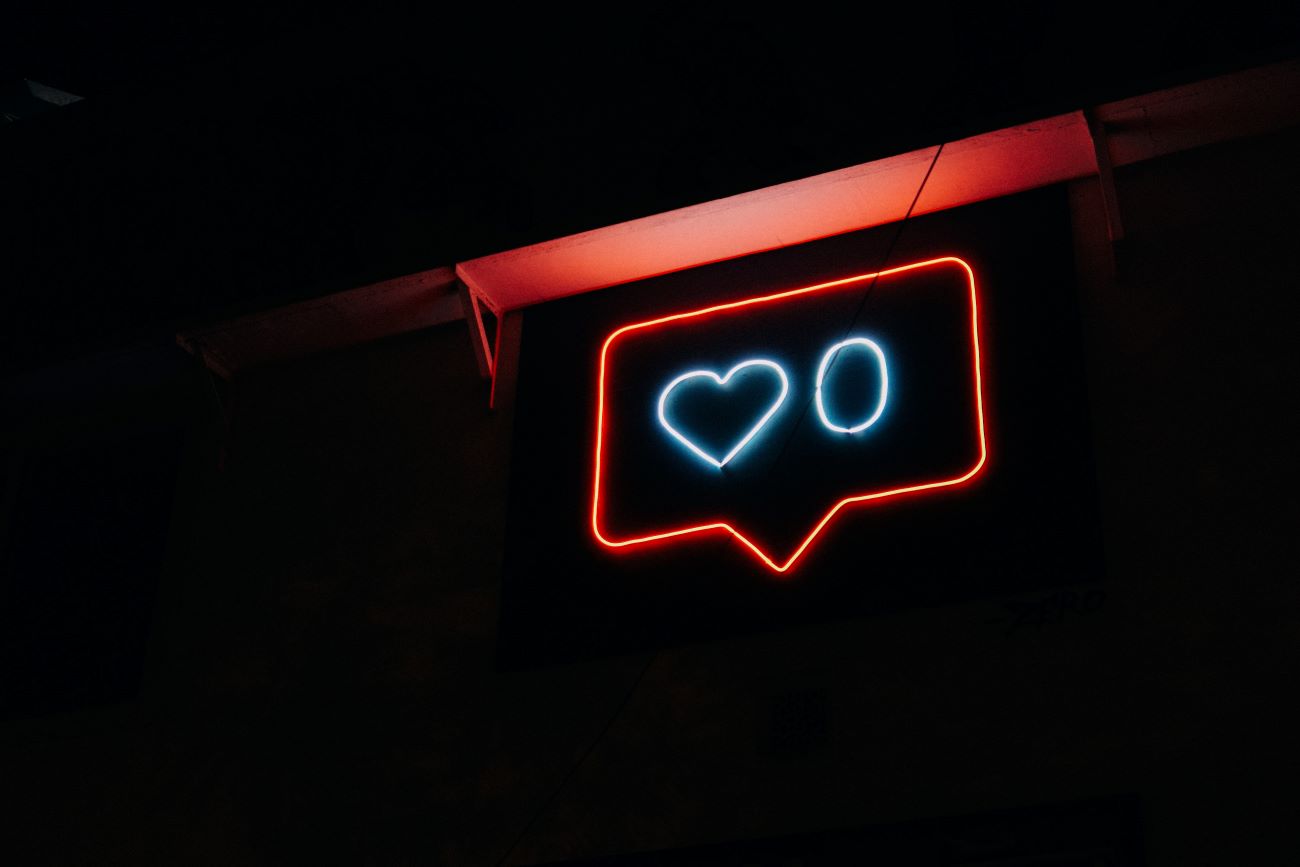I briefly mentioned slot machine alike design of social media when I was talking about the potential of TikTok last week. It is true that social media uses similar techniques with gambling companies to become more addictive to its users. Social media addiction can paramount to excessive usage – and this becomes a vicious circle. But what does this addiction mean for teenagers who are just building their self identity?
Social Media & “Slot Machine” Design
Social media is deliberately designed by experts to become more addictive with the help of many different methods.

Here is some of the features which is created to draw our attention:
- Slot Machine Effect – includes pull-to-refresh and infinite scrolling mechanism, you never know what you are going to get, creates the same feeling when you pull the slot machine lever
- Like button – delves into our social acceptance urge, creates validation
- Push Notifications – taps into our fear of missing out, calls our attention
- Typing Awareness Indicator – 3 dots in a speech bubble, creates anticipation and suspense

However, gambling methods generates psychological dependencies by changing the brain’s structure that drives us to depression and anxiety. (Busby, 2018) And, unfortunately studies show that the situation is not different for social media.
Obviously, this is a concern for all of us but it scares me that especially for teenagers who are building their self identity and self esteem, this addiction can be particularly hazardous.
Social Media, Teenagers & Mental Health
Maybe I am particularly drawn to this topic because I have a 16 year old teenage sister. And, let me tell you this, she is thousand times prettier than me. She is creative, smart, tall, good at sports… However, it makes me upset to see not only her but her peers to feel diffident and insufficient under huge pressure, driven by excessive social media usage.

As mentioned above, social media is like gambling and it is hard even for fully realized individuals to stop or control using it although they are aware of its side effects.
Thus, how can we expect a developing child to be completely responsible while using social media?
Social media, by leading to jealousy, dissatisfaction and inadequacy becomes unhealthy for teenagers. Studies point that it can cause to ADHD symptoms, depression, anxiety and sleep deprivation. (Fersko, 2018)
Social media ‘gambling features’ only give short term happiness
Adolescents turn onto social media to feel less lonely. But, they are missing deeper connections, real social interaction. They can end up lacking communication skills to survive in real life.
An emoji or an ‘LOL’ can elicit superficial feelings of connection, but face-to-face communication builds more meaningful bonds through body language, touch and facial expressions, along with the interpretation of feelings through tone and nuance – all things that are often lost in the in the digital world.
However, as cited by UNICEF, these do not mean banning social media for teenagers. We need to try to understand both the opportunities and the risks social media brings. We need to carefully assess the risks and evaluate what measures to be taken.
According to a UNICEF report, raising digital literacy among parents and building resilience in children are important factors to keep teenagers safe in social media.
In addition, tech companies should also implement measures to help creating safe, ethical, “age-appropriate” environments for teenagers.
Most importantly, we need to remember to participate teenagers into discussion. “Teens’ own voices and experiences are important to guide emerging policy and practice” (Fersko, 2018)
What do you think about the social media usage among youngsters? Do you think there are other measures that we can take? Please share your thoughts in the comment!

